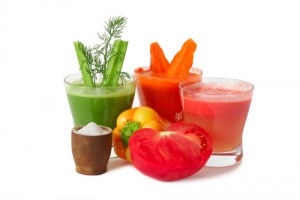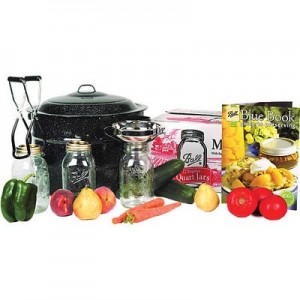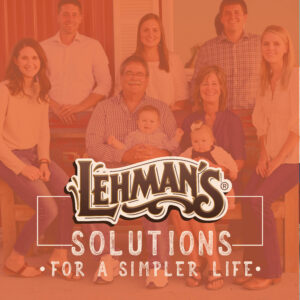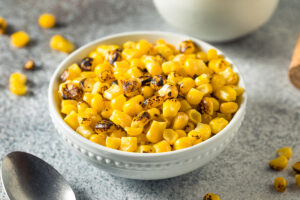Who can resist the wonderful aroma of homemade bread? Quick breads, yeast breads, sweet breads and rolls  are all favorites of mine and though I shouldn’t admit it, the dough is as tempting as the final product (as long as there’s no raw egg in it!) What are some secret steps to success for good yeast breads? Here are a few tips from the “Yeast Breads on the Rise†4-H project book.
are all favorites of mine and though I shouldn’t admit it, the dough is as tempting as the final product (as long as there’s no raw egg in it!) What are some secret steps to success for good yeast breads? Here are a few tips from the “Yeast Breads on the Rise†4-H project book.
*Yeast grows best in warm liquid (105 to 115 degrees). For traditional recipes mix up liquid and yeast first with a little sugar and let it begin to rise (this is called proofing your yeast).
* Mix together all other ingredients, measuring carefully until you get the feel for the texture of your desired bread recipe.
*After adding the yeast mixture to the other ingredients, knead the dough on a lightly floured surface for about 8-10 minutes, it will still be slightly sticky.
*Knead by folding the dough toward you and punching it away with the heel of your hand in a quick rocking  motion. Add small amounts of flour to keep dough from sticking to the board. Turn the dough a quarter turn and repeat, until the dough is smooth and elastic. Be careful not to work too much flour into the dough, that will make your recipe dry and tough.
motion. Add small amounts of flour to keep dough from sticking to the board. Turn the dough a quarter turn and repeat, until the dough is smooth and elastic. Be careful not to work too much flour into the dough, that will make your recipe dry and tough.
*Lightly grease the top of the dough and cover with a damp clean cloth or plastic wrap spayed with non-stick cooking spray.
*Let rise in a room free of drafts (best temp 80-85 degrees) or in the microwave or oven. Set the bowl on a rack over a large pan two-thirds full of hot water. Do not operate the oven.
*Test rising by pressing the tips of two fingers lightly and quickly ½ inch into the dough. If the dent stays, it is double. If not, continue rising until double in size.
*When it has risen, punch it down with your fist to release the gas bubbles. Cover and let it rise another 15 minutes, then roll out and shape into your loaf or shape your rolls.
*Place in your pan, cover again and let rise until double again, then bake.
*Bread will sound hollow when tapped.  Remove it from pan to cool.
These are the basic bread making techniques. It’s a great thing to do when you are stressed or angry because kneading is a relaxing way to take out your frustrations and have a great product when you are done!
Choosing the Right Pan
Remember that choosing the pan to bake your bread in is very important to having a nice finished product. Pans that are too deep for the amount of batter or dough result in a poorly browned top crust because the hot air cannot circulate evenly over the top. Pans that are oversized for the amount of batter result in a baked  product that will be too thin and may dry out more rapidly. Pans that are too small may cause peaks in the top of the bread or may even cause the bread to fall. Cookie sheets or very shallow baking pans should be used for yeast rolls. A pan with low or no sides will allow hot air to circulate directly over the food to brown it evenly on top. Dark metal or glass pans absorb heat faster than shiny ones. Cook breads and rolls in these pans at a temperature 25 degrees lower than stated in the recipe. Heavy metal pans do not allow food in them to brown as much as those baked in thinner pans, especially if the baking time is short.
product that will be too thin and may dry out more rapidly. Pans that are too small may cause peaks in the top of the bread or may even cause the bread to fall. Cookie sheets or very shallow baking pans should be used for yeast rolls. A pan with low or no sides will allow hot air to circulate directly over the food to brown it evenly on top. Dark metal or glass pans absorb heat faster than shiny ones. Cook breads and rolls in these pans at a temperature 25 degrees lower than stated in the recipe. Heavy metal pans do not allow food in them to brown as much as those baked in thinner pans, especially if the baking time is short.
Ohio State University Extension embraces human diversity and is committed to ensuring that all research and related educational programs are available to clientele on a nondiscriminatory basis without regard to race, color, religion, sex, age, national origin, sexual orientation, gender identity or expression, disability, or veteran status. This statement is in accordance with United States Civil Rights Laws and the USDA. Keith L. Smith, Ph.D., Associate Vice President for Agricultural Administration and Director, Ohio State University Extension TDD No. 800-589-8292 (Ohio only) or 614-292-1868































